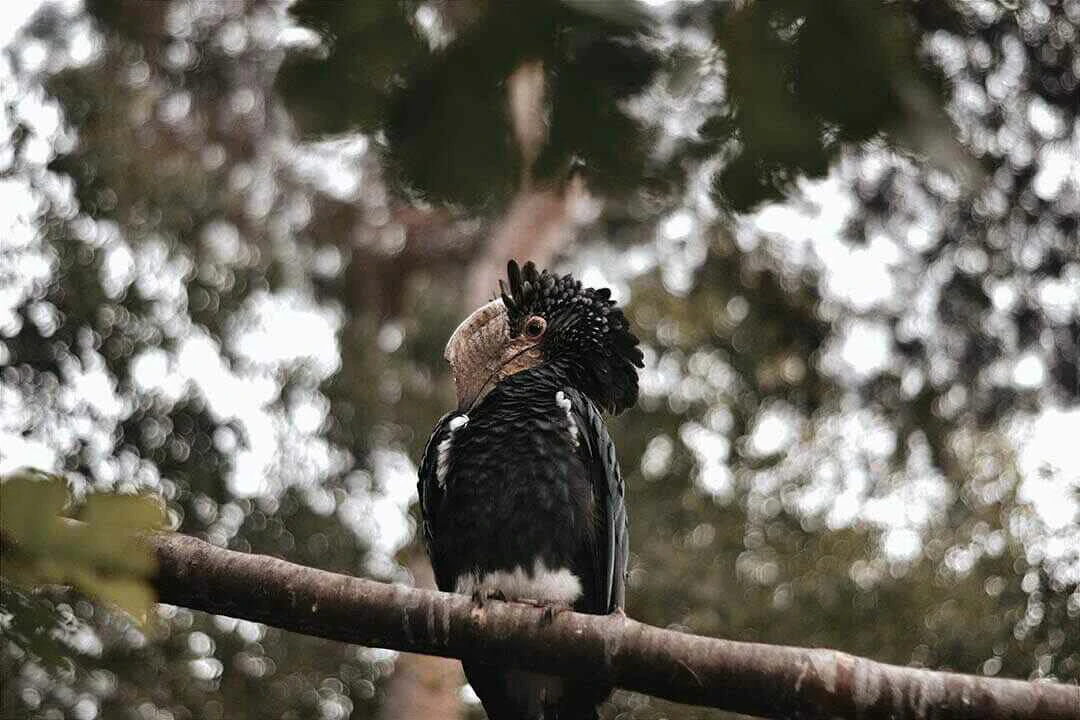
BIRDING IN
Katima Mulilo Area

BIRDING IN
Katima Mulilo Area

BIRDING IN
Katima Mulilo Area

BIRDING IN
Katima Mulilo Area
Katima-Mulilo is the provincial capital of the Caprivi region in northeast Zambia. Katima-Mulilo is a town in the Caprivi Strip on the border of northeast Namibia and southwest Zambia on the Namibia side of the Zambezi River. It's about 700 kilometers from Halali Camp in Etosha. The Katima-Mulilo area is notable in that it's the southern-most range for many birds from Zambia and farther north, so it is the only place in Namibia to see these species. As a result, the area offers some of the best birding in the country.
West of town some 20 kilometers is Kalahari sand broadleaf woodland, where species such as African Hobby, White-breasted Cuckoo-shrike, African Golden Oriole, Gray Cisticola, Pale Flycatcher, Southern Black-Flycatcher, and Long-billed Pipit are found. The Zambezi River is the fourth longest river in Africa, the longest east-flowing river in Africa and the largest flowing into the Indian Ocean from Africa. The 2,574 kilometers long river arises in Zambia and flows through eastern Angola, along the north-eastern border of Namibia and the northern border of Botswana, then along the border between Zambia and Zimbabwe to Mozambique, where it crosses the country to empty in to the Indian Ocean.
The Zambezi's most noted feature is Victoria Falls. Other notable falls include the Chavuma Falls at the border between Zambia and Angola, and Ngonye Falls, near Sioma in Western Zambia. Closer to Katima Mulilo town, the habitat changes to mopane woodlands, where you can expect to find Arnot's chat, white-breasted cuckoo shrike and many species of woodpecker. After the rains, pools of water attract numerous waterbirds, including migrants such as lesser moorhen, black-tailed godwit, great snipe and many more.
Birding in and around Katima Mulilo town offers plenty of sightings, amongst many others: African finfoots, African skimmers, African fish eagles and, if you are lucky, bat hawks on the River Zambezi.An excellent place to stay is the Kalizo Lodge, where the grounds have habitat for numerous birds. The areas east and south of town are dominated by Mopane woodland, where the birdlife is similar to Mudumu National Park but also features Black-faced Lovebird.
Birding in the gardens of the Zambezi Fish Farm, Caprivi River Lodge, and around Katima Mulilo town, should produce special sightings of Schalow's turaco, trumpeter hornbill, coppery sunbird, eastern nicator, eastern bearded robin, Hartlaub's babbler and western-banded snake eagle. Night specials include pennant winged nightjars, wood owls, barred owlets, and three-banded coursers.
Wetland areas, the Zambezi River attract waterfowl, shorebirds, and other wetland species, as does the sewage works on the outskirts of town. A boat trip on the Zambezi River allows easier viewing of some of these species. The area west of town is reached by road to the Zambia border. The road is fringed by Mopane woodland and is notable for night birds after dark when the border is closed. During the day the road is good for birds such as Banded Snake-Eagle, Long-crested Eagle, Dickinson's Kestrel, Brown-necked Parrot, and White-headed Black-Chat. The Zambezi River itself is fringed by dense forest, which features some specialties such as African Wood-Owl, Trumpeter Hornbill, Crested Barbet, Black-crowned Tchagra, Sulphur-breasted Bushshrike, Gray-headed Bushshrike, Gray Tit-Flycatcher.
A sunset boat cruise is the ideal time to spot some of the Caprivi specials; such as the African Fish Eagle in action, African Hobby and Bat Hawk. Listen and look out for the beautiful Schalow's Turaco that is often seen around a few lodges. Only 30 kilometers from Katima Mulilo is the largest Carmine Bee-Eater colony in Southern Africa, which attracts photographers from all around the world during the breeding season (towards the end of August until the beginning of October). The best time to see this magnificent spectacle is either early morning or late afternoon, which can be done from a vehicle during a floodplain drive or from a hired boat on the river.
Our Experts are ready to provide answers
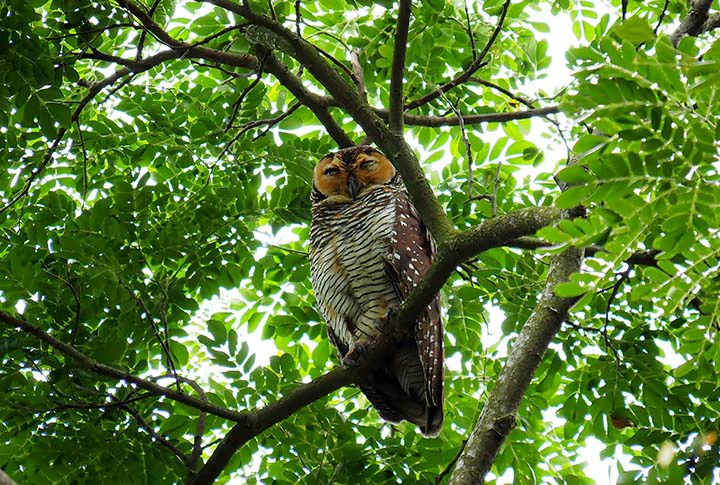
Birds include Wattled Crane, African Skimmer, Western- banded Snake Eagle, Wood Owl, Pel's Fishing Owl, Narina Trogon, Cape Parrot, and both Red-billed and Yellow-billed Oxpeckers.
Read More
Birding Specials for Avid Birders include; African hobby, African pygmy goose, Bat hawk, Bearded scrub robin, Bradfield's hornbill, Brown firefinch, Chirping cisticola, Collared palm-thrush, Coppery-tailed coucal, Green-backed honeyguide, Hartlaub's babbler, Lesser jacana, Little bittern,
Read More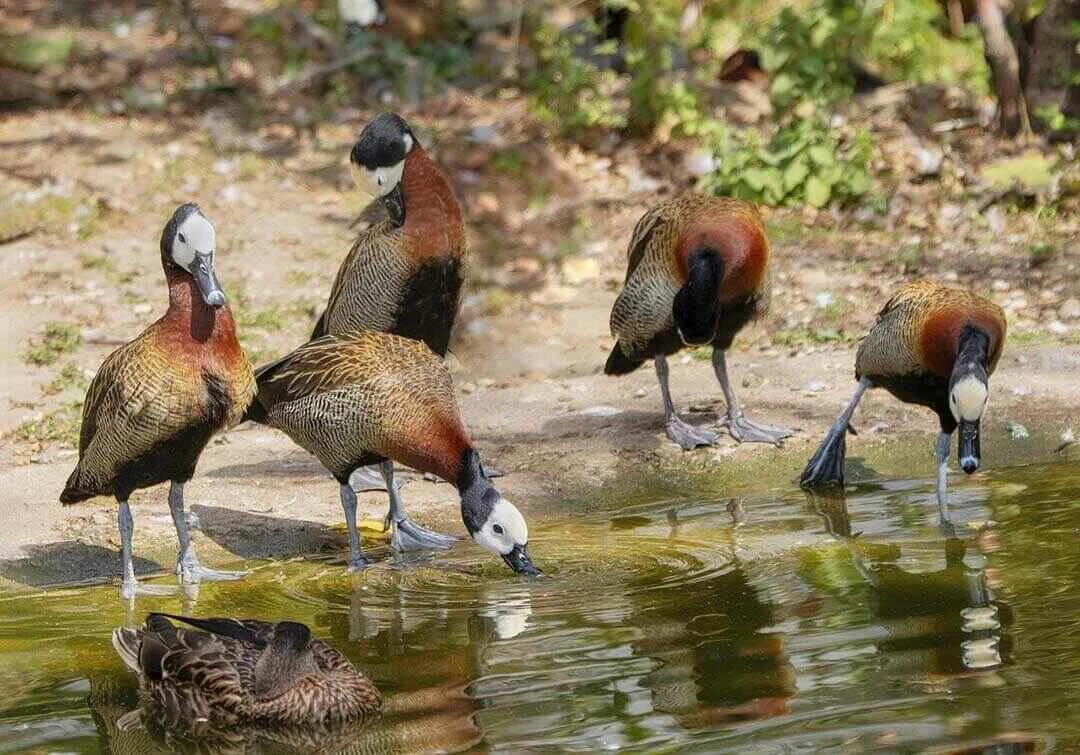
Daan Viljoen delivers brilliant dry country birding and could yield some very special species. This includes Monteiro's Hornbill, Verreaux's Eagle, Rockrunner, Carp's Tit, Short-toed Rock Thrush, Orange River Francolin,
Read More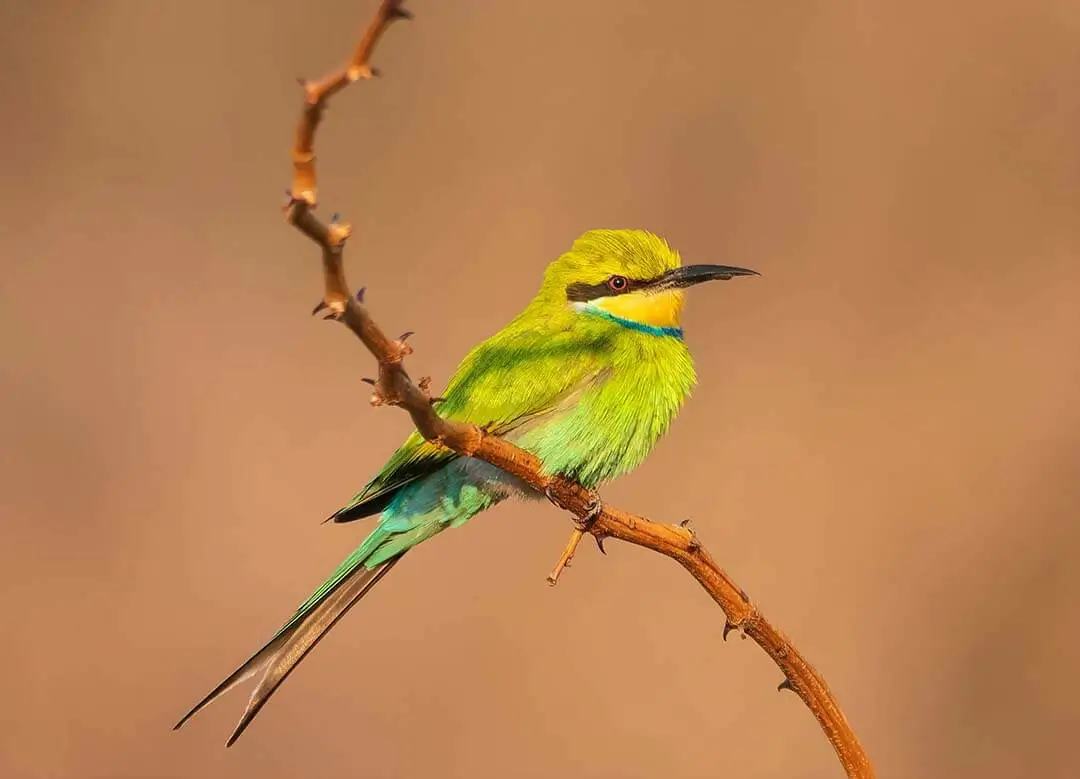
This is one of the best places to see the francolin, which can be very difficult to see and is generally found only early in the morning. The road leads to a National Monument where ancient rock art can be viewed.
Read More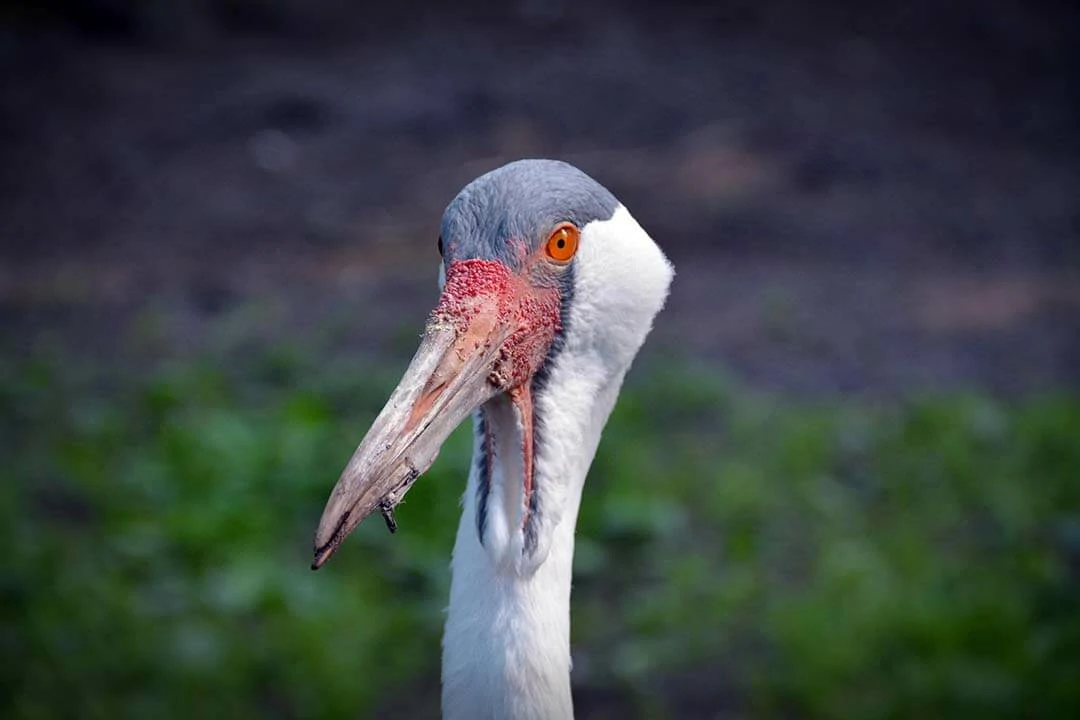
Etosha is home to 340 bird species, about a third of which are migratory. The avian residents of the park make up an eclectic mix that ranges from flamingos to the colourful lilac-breasted roller and eagles soaring high above.
Read More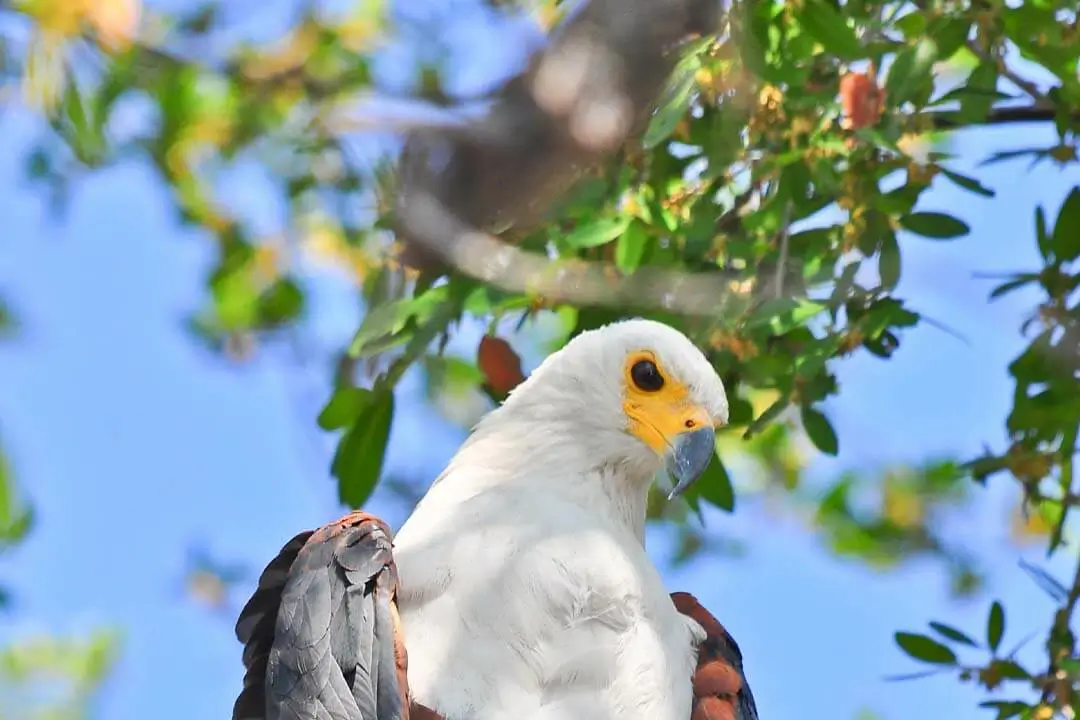
The 284 bird species recorded here include the Great White Pelican, Yellow Billed Stork, Osprey, Bradfield's Swift and Stark's Lark, Ostrich, White Pelican, Reed Cormorant, Darter, Goliath and Purple Heron, Little and Dwarf Bittern,
Read More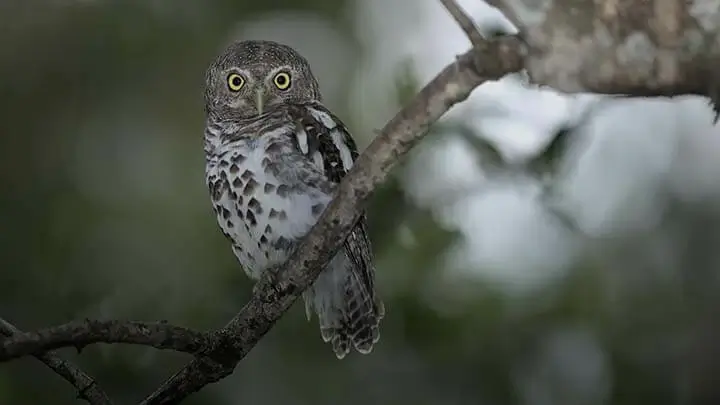
A combination of floodplain, open grassland, mopane and riverine woodland as well as papyrus-lined waterways make this a bird watching paradise. Birds such as Pel's Fishing Owl, Rock Pratincole, African Finfoot, White-backed Night Heron, Brown Firefinch, Coppery Sunbird, Chirping Cisticola, Redfaced Cisticola, Coppery-tailed Coucal are easily found and regularly seen.
Read More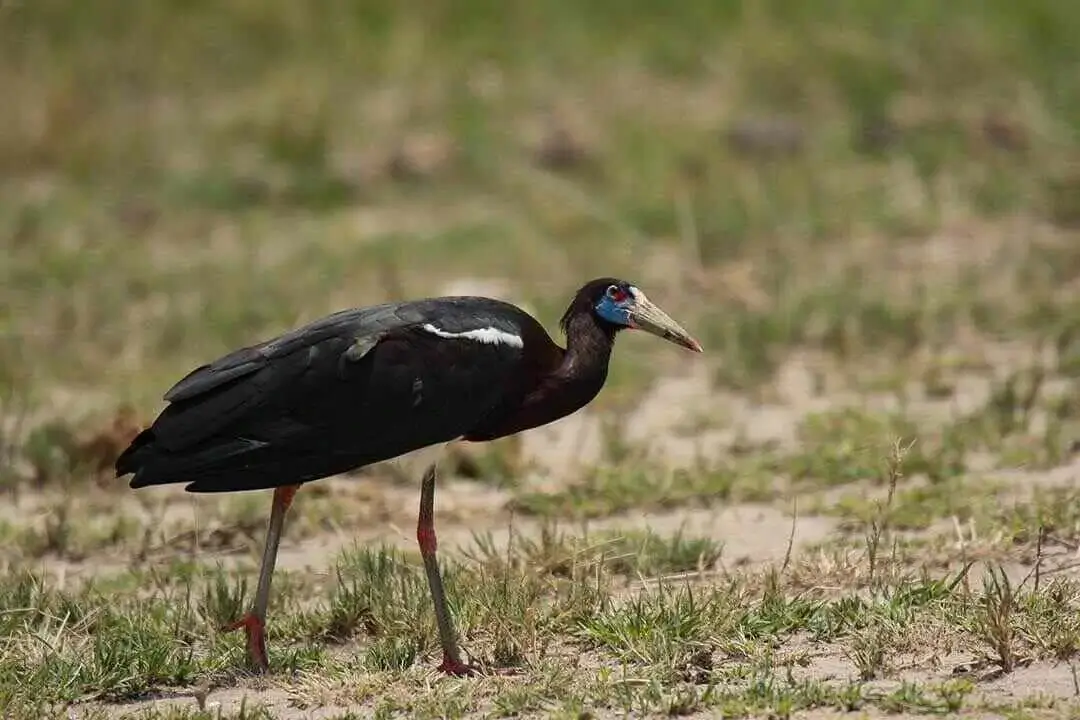
During the months between November and March, there are over 320 species of birds nesting and migrating through the park area. Amongst these, there are over 50 predator species of birds making this an exciting place to visit for bird lovers.
Read More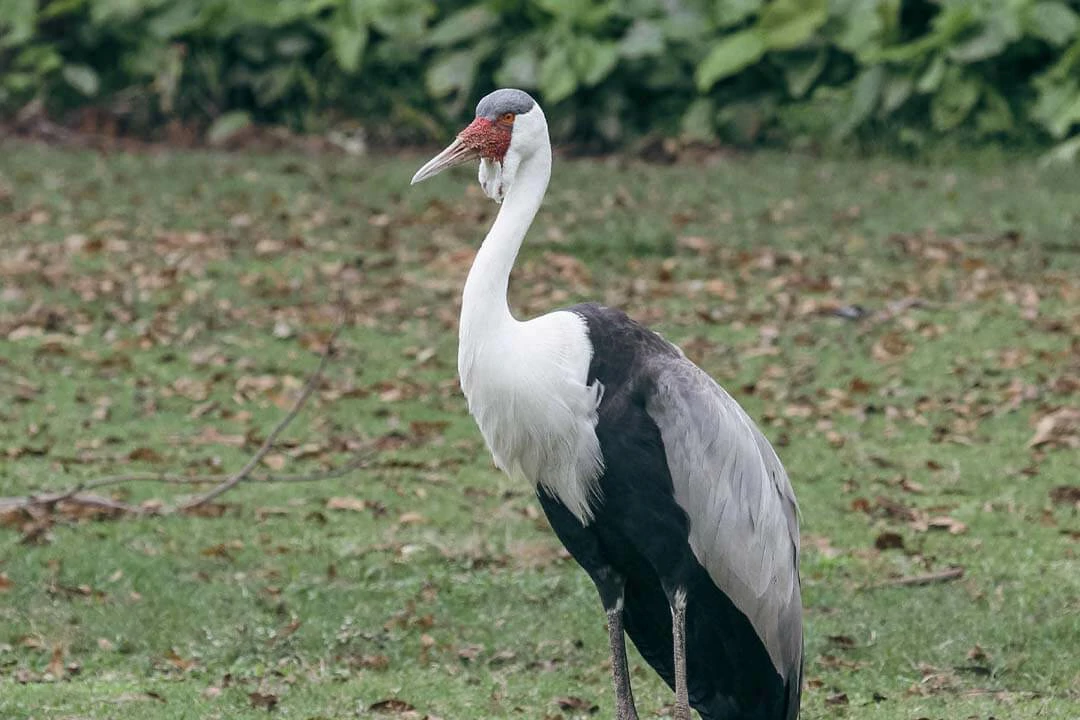
The birding is splendid, with threatened species such as Slaty Egret, Wattled Crane, and Black-winged Pratincole possible.
Read More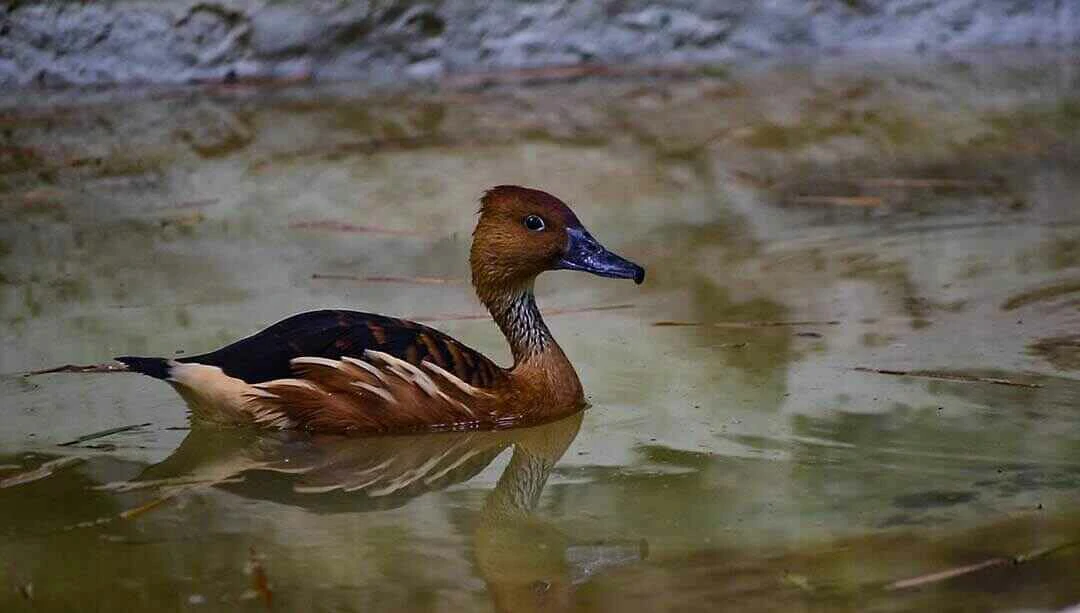
An amazing 430 species of birds have been recorded, which is nearly 70% of Namibia's total, and much game including the rare sitatunga and red lechwe as well as buffalo, elephant, zebra, antelopes, hippo, and crocodiles.
Read More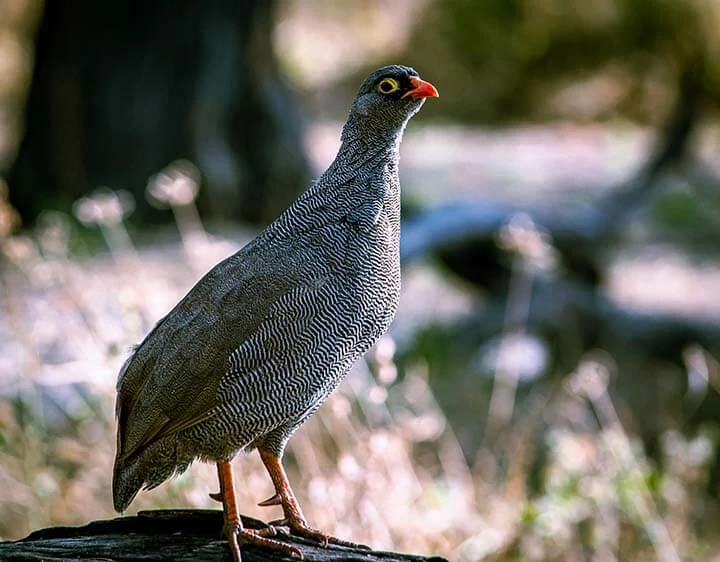
A place to pick up unique birds like Lapped-faced Vulture, Bateleur, Tawny Eagle, Meyer's Parrot, and Striped Kingfisher are among the birdlife vibrant in this region.
Read More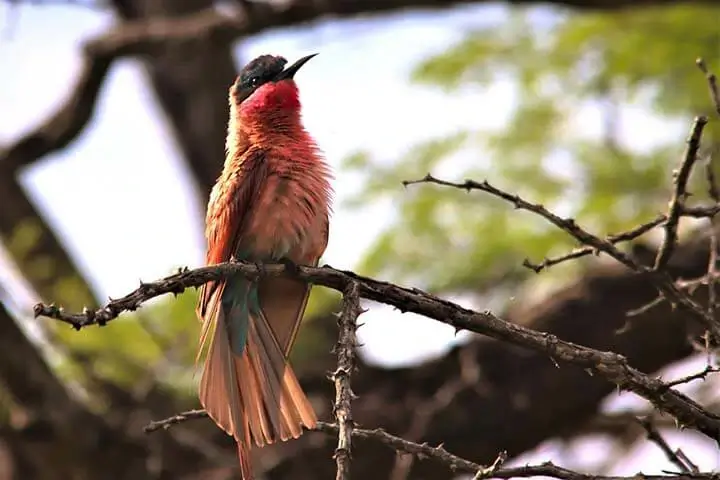
Birding Specials for Avid Birders include; African pygmy goose, Bradfield's hornbill, Bearded scrub robin, Brown firefinch, Collared palm-thrush, Lesser jacana, Grey-backed cisticola, Coppery-tailed coucal,
Read More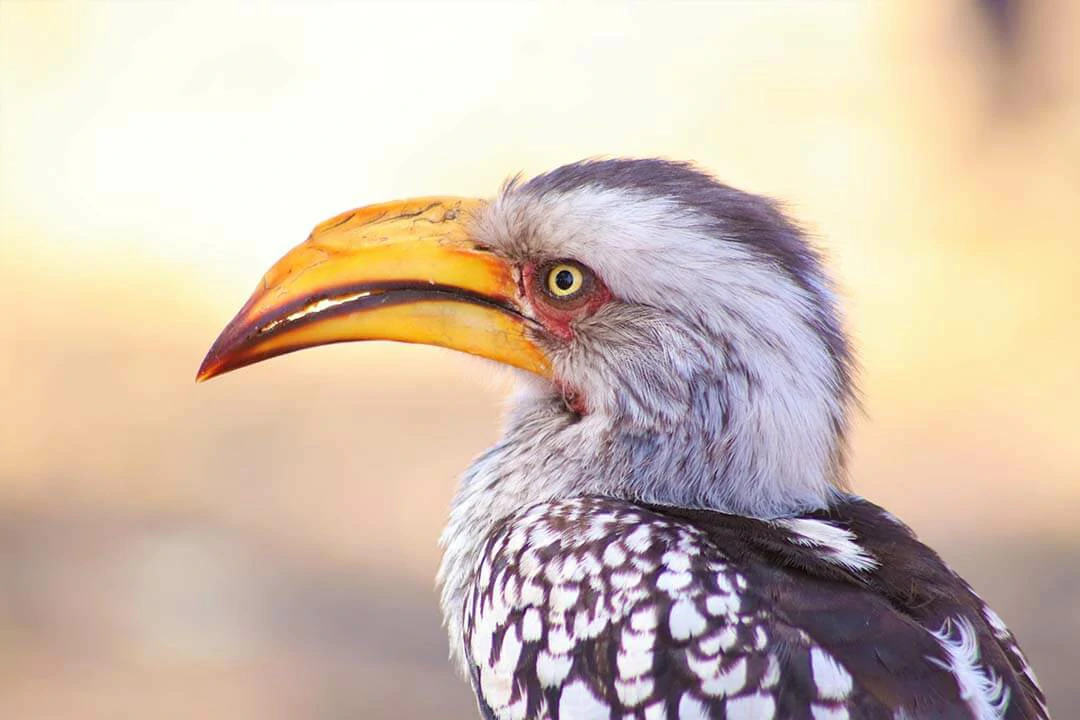
At Okonjima you will see the Africat Foundation at work, learn more about leopard and cheetah, and have excellent photographic opportunities. This is also a very good birding spot.
Read More